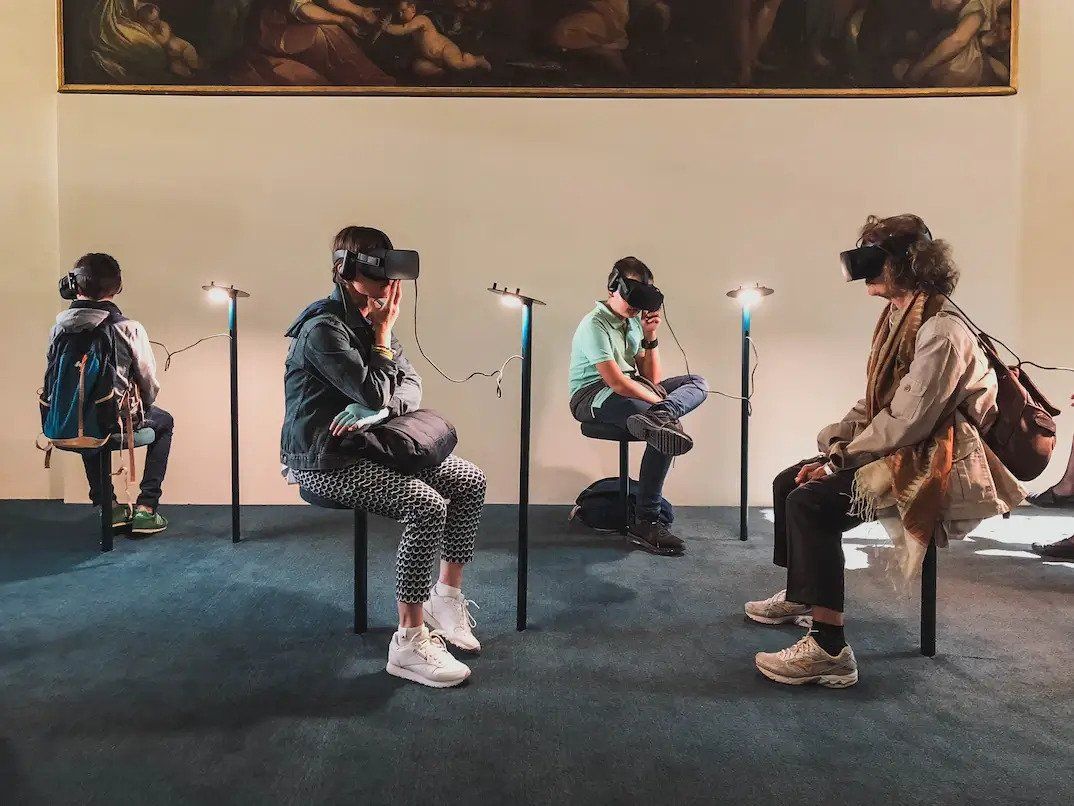Ah, training sessions — those corporate naps we've all grown to... endure. If your product training presentations are riddled with more bullets than the set of John Wick, we've got to talk.
The only thing you're killing is your audience's attention span, and trust me, they don't have much of it left to spare.
Sales training is still sales, my friends. If the materials don’t get the audience excited about your products, you are setting your sales team up to fail with tools they can’t use. Product training should romance your audience, make them care.
If your slides are as dense as a black hole and twice as inescapable, it's time for a change.
Attention spans are key
This isn’t a matter of opinion – it’s established neuroscience. In a lab setting, people are bad at remembering what they read, okay at remembering what they hear and see, and great at remembering what they do.
When you ask people how they prefer to learn new information, the vast majority choose visuals over text.
Your kid’s kindergarten teacher knows this: Primary school students get fun, colorful learning materials, but somehow, we act like adults will tolerate training slides that resemble the fine print on a mortgage application.
Newsflash: Adult attention spans are as limited as kids’ or worse.
We’ve all been conditioned by two decades of bite-sized social media content. If you don't catch your audience’s eye quickly, they've already swiped left.
So what are you supposed to do instead? Research tells us that colors, shapes, movement, and interactivity snag attention and unlock deeper learning. If you want your audience to wake up, you’ve got to jostle them out of passive listening mode.
You want fascinated observers – or better yet, participants.
Active learning in product training used to be one of those concepts that was great in theory, impractical in execution. Hands-on product demos don’t scale well, and if you’re selling an experience – like a security system or smart home ecosystem, for instance – you can’t exactly take a model home door to door.

Now, new tools have made immersive product training accessible anywhere. As long as you’ve got a screen and an internet connection, there’s no need to lug around a pelican case full of demo gear or cajole prospects to come to your experience center. You can bring the experience to them.
New technology lets you craft interactive modules that get people clicking, swiping, and engaging like they're playing an addictive mobile game.
Virtual worlds? Augmented reality? Gamification? It's not sci-fi; it's your new training room.
The catch is, you do have to invest in these tools. You can make painfully boring slide decks for free – but you’ll pay for it in lost sales down the line.
The benefits of digital training
By contrast, immersive digital training has a lot of ancillary benefits:
1. Enhanced learning:
Using interactive 3D – including VR, AR, and on-screen assets – you can create a truly immersive learning environment. Offer realistic scenarios and “hands-on” training without expensive or impossible-to-transport physical setups!
2. Fail-safe demos:
Imagine a world where nothing goes wrong during a live demo. Spoiler alert: It exists. Interactive 3D models allow employees to demonstrate features in a controlled environment.
You can successfully demo your products every time, without needing to worry about variables in the environment.
3. Customization:
You can create a variety of interactive 3D environments to highlight your product(s). Selling landscape lighting across the Southwest? Toggle your virtual model home from desert to mountains to seaside with a single tap.
4. Cost-effective:
Skip the headache of travel, shipping, setup and praying that your demo unit arrives in one piece.

5. Better retention:
People remember what they do and how they feel better than anything else.
When your product training takes the form of an engaging virtual exploration, you’re offering a memorable experience.
6. Data insights:
While your audience learns about your products, you can learn about your audience.
By analyzing metrics showing where users click first, how long they linger on certain features, or what they do last before committing to a sale, you can learn what motivates your audience and makes your products stand out.
7. Remote and flexible:
Your training session is now as accessible as your favorite streaming service, but probably a lot more educational.

Doing better than a boring spec sheet
Here’s a real-world example from a recent Cogent360 micro-learning project showcasing an LG UltraGear™ Gaming Monitor. Our approach was to pair compelling visuals and animations with interactive elements to draw the audience in and let them make their own discoveries about the product.
Using custom motion graphics, 3D product modeling, and training best practices, we highlighted the differentiating features of the monitor in a highly memorable, visual, interactive way.
Could we have said all this in a spec sheet? Sure — but the meaning and the impact of these features is far more clear and powerful in this virtual demo.
In a world where attention spans are shorter than the time it takes to skip a YouTube ad, your training sessions have to be killer — or else they're dead on arrival.
A well-executed, interactive experience doesn't just educate; it captivates and conquers, turning your sales force into corporate warriors ready to take on the world.
So, what are you waiting for? Ditch the slides and fact sheets and bring your product training into the 21st century. Let’s make training sessions something people actually look forward to—for a change.
David Chace is President at Cogent360.

Join 6,000+ of your sales enablement peers in our evergrowing Slack community! Ask questions, share ideas, and network today.




